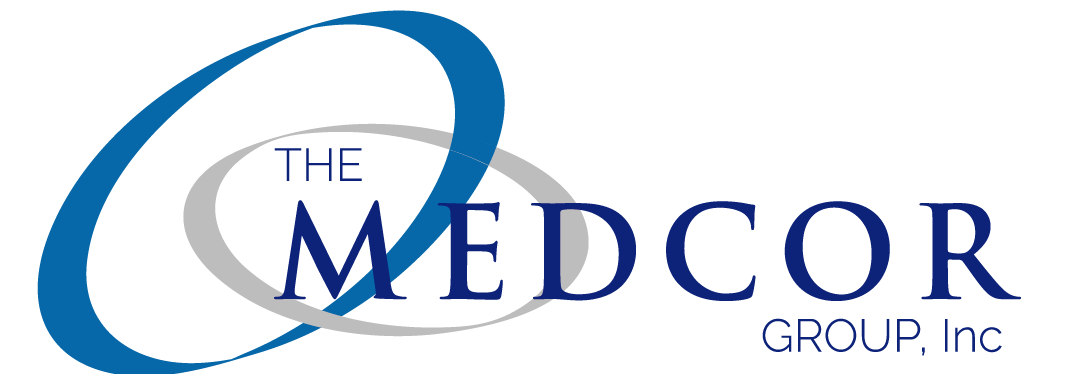The Families First Coronavirus Response Act established a crucial healthcare safeguard for the poorest Americans: protecting Medicaid coverage for people who otherwise would have lost it during the COVID pandemic. However, as part of the Consolidated Appropriations Act of 2022, Congress set March 31, 2023, as the firm end date for continuous coverage. After that time, states must conduct eligibility redeterminations for tens of millions of beneficiaries before the public health emergency (PHE) ends.
Federally Qualified Health Centers (FQHCs) serve over 30 million patients, including one in five Medicaid beneficiaries and one in three people living in poverty. Unfortunately, it’s estimated that approximately 15 million people may lose coverage next year through the unwinding. Health centers will play a pivotal role in assisting states with redeterminations for Medicaid beneficiaries to preserve the continuity of care and services. Today we talk with Jennifer Miksch from Advocatia about the preparations she sees as FQHCs deal with the coverage crisis.
Thanks so much for joining us! I’m sure it’s a hectic time for you; so much is happening concerning redeterminations. You’re right in the thick of it, working with FQHCs to improve enrollment. Let’s start with your general impressions; how are centers holding up?
Thank you so much for having me. It’s been a busy time, for sure. There is so much going on right now. I mean, centers are literally still reeling from the impact of Covid, and now they are dealing with the wind-down. While the date for the end of the public health emergency is finally official, it’s certainly been on everyone’s radar for some time now. The Medicaid and CHIP redetermination process is obviously a massive concern for FQHCs. Of course, the onus lies with the individual states, but like all health equity matters, FQHCs find themselves at the forefront, protecting the most vulnerable populations’ access to care and, in this case, coverage and resources.
What really strikes me is how these centers continue getting knocked around, and they get up and continue the fight. I’ve seen some tremendous efforts around enrollment, some great awareness campaigns, and collaborations with other state and community stakeholders. It’s so impressive to see that commitment to mission in action.
So tell us about some of the wins you’ve seen. Some of the things that FQHCs are doing around enrollment are having an impact.
First and foremost, collaborating effectively with multiple stakeholders is a huge factor for success. Combining resources allows for broader outreach, consistent messaging, and better use of resources. FQHCs, who have established strong working relationships with state agencies, government, hospitals, businesses, etc., are in a much stronger position to face a massive undertaking like this enrollment crisis. I’ve seen genuinely well-done outreach campaigns fail due to lack of coordination and others that were far more impactful because everyone was ‘rowing in the same direction,’ if you will.
I’m also impressed to see how FQHCs are bridging the gap between grassroots and technology. For example, I know of a center with an extensive outreach events program. They consistently aim to connect with their community outside the clinic environment and have a great turnout. They immediately recognized these gatherings as an opportunity for education & enrollment.
They knew the events weren’t the right place for a complete counseling and enrollment session, so the center focused on two specific tasks. The first was collecting and updating contact information, including the best contact method, so the patient receives any future outreach. The other focus was to set appointments with counselors. Trained staff was on hand to collect information, help set appointments, and answer questions. Again, leveraging technology at every access point was key to providing a greater reach into the community and helping supplement where manual tasks bog down their time.
In addition, they tracked the conversion rates for appointments and successful enrollment cases and saw the impact these events were having.
Many FQHC patients have limited access to technology. How important is electronic communication to the enrollment process?
The IT access gap is where FQHCs can make a huge impact. Everything is digital, and this is also true for the enrollment process. Lifeline & Affordable Connectivity Programs have made web, email, and text more accessible to low-income households, but many still have no or limited access. For many, FQHCs are a critical touchpoint for digital health and enrollment information. Because the person’s access is limited, it’s even more imperative that the FQHC’s technology is strong. They really need to optimize every touch point.
While state Medicaid may rely on paper notifications, FQHCs can also make a significant impact through multi-channel outreach. For example, incorporating text and email education and communications can significantly increase your enrollment success. Investing in tools for your patients & enrollment teams will lead to excellent outcomes for all. You need to cover all of the bases.
What does a high-functioning enrollment process look like?
Ooh, that’s a big question. I would say that each FQHC is unique. There are always benchmarks, but ‘high-functioning’ looks different for each center. So much is in the hands of the individual states right now, so centers are dealing with wildly differing circumstances. For example, non-expansion states face a massive drop in the number of insured with little help. Other states work closely with their community health centers to coordinate efforts around enrollment education and outreach efforts. So what I would call high-functioning definitely varies.
Staffing is another big differentiator when looking to define a high-functioning enrollment process. Centers care about creating employment in the community; it’s a big win when you can find the right people. Unfortunately, the reality right now is that hiring is a big challenge, and finding qualified enrollment counselors and navigators is not easy. This can be especially true in rural areas.
However, I have also seen centers with great outreach and enrollment staff. They invested in qualified people, giving them the technology and tools for success. Leveraging technology ultimately allowed them to keep their enrollment team in-house. It gave them greater reach and the ability to handle the added volume. And looking beyond efficiency, they also saw optimal results in connecting patients with coverage and resources. For this center, in-house was highly functioning. However, others may be unable to hire the right staff and find the need for outside help to perform at that same level.
That is so true; every center is undoubtedly unique. But those scenarios aside, can you share some specific qualities of successful enrollment processes?
Sure, there are commonalities, things we see at every high-performing center. Let’s see, to start with, consider every touch-point as an opportunity to capture and update contact information, including the best contact method. Get them entered correctly into your database for future outreach. Again, leveraging technology to help engage and provide a significant reach into the community to identify available resources for those in need.
It’s also essential to make it easy to schedule an enrollment counseling appointment. Create accessible online tools and train staff to help schedule appointments during your community events.
Put down the clipboard! Enrollment needs are skyrocketing, and resources are scarce. Invest in technology that streamlines eligibility checks and matches people with other available resources.
Be sure you have a step-by-step communications plan in place. This plan should include general outreach, education, and follow-up. It’s essential to cover all your bases and ensure you’ve prepared for multi-channel communications (mail, text, email. etc.)
Capture data for reporting and ROI. Ensure you track enrollment results, self-pay claims, and other required reporting data. I always like to see organizations invest in technology to support critical teams like outreach & enrollment!
What lasting change do you see stemming from all of this? How will it change the FQHC approach to enrollment?
Great question! Faced with staffing shortages and an unprecedented amount of people on the cusp of losing coverage, many centers have been forced to take the jump and embrace technology. I think they love how effectively they can connect people with coverage, and I don’t think anyone is missing those clipboards!
I think many FQHCs will see lasting benefits from the systems put in place for the unwinding. With a strong enrollment process in place, they can continue to efficiently screen all self-pay accounts to identify eligible patients and review determinations for possible follow-up activities. In addition, they can also use these systems to track ROI and provide proof of success for future funding.
Thank you again for joining us, Jennifer. It’s been very informative. Do you have any closing comments?
It’s been my pleasure, and I’d like to leave on a positive note. FQHCs have a long history of being resourceful and resilient. I witness this first-hand, working with centers to improve their enrollment processes. I do not doubt that those qualities and willingness to embrace change will allow them to survive and even thrive during this and future challenges. This is an uncertain time for all, and I would be happy to offer a free evaluation to any FQHCs on their current enrollment process & share best practices to help better prepare for what is to come.


This is great! I agree that using technology to augment manual porcesses and help staff have a greater reach is key. I will reach out to Advocatia to learn more!